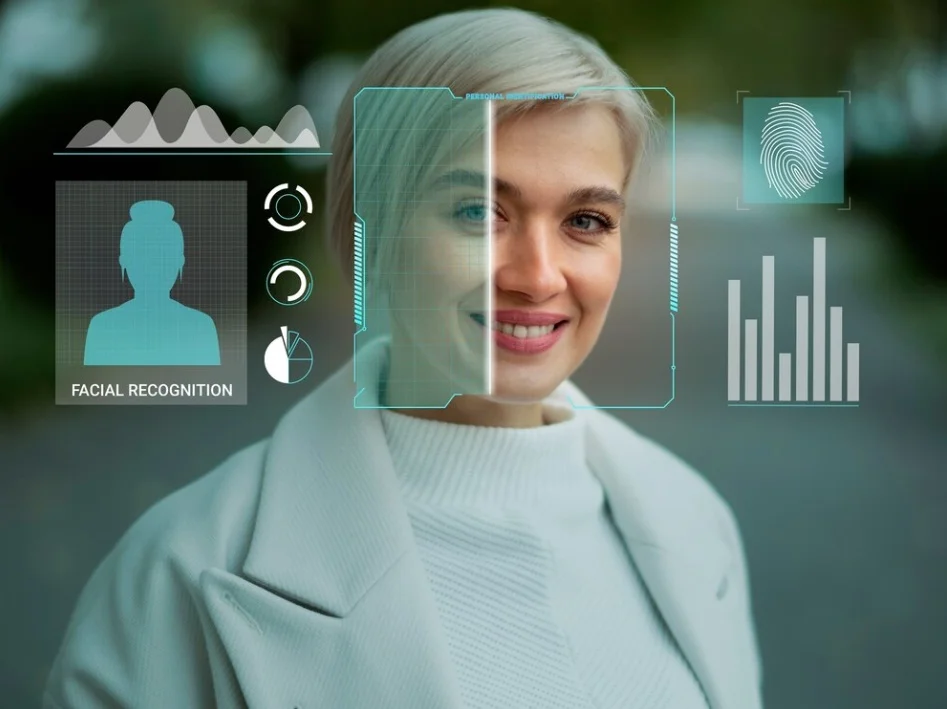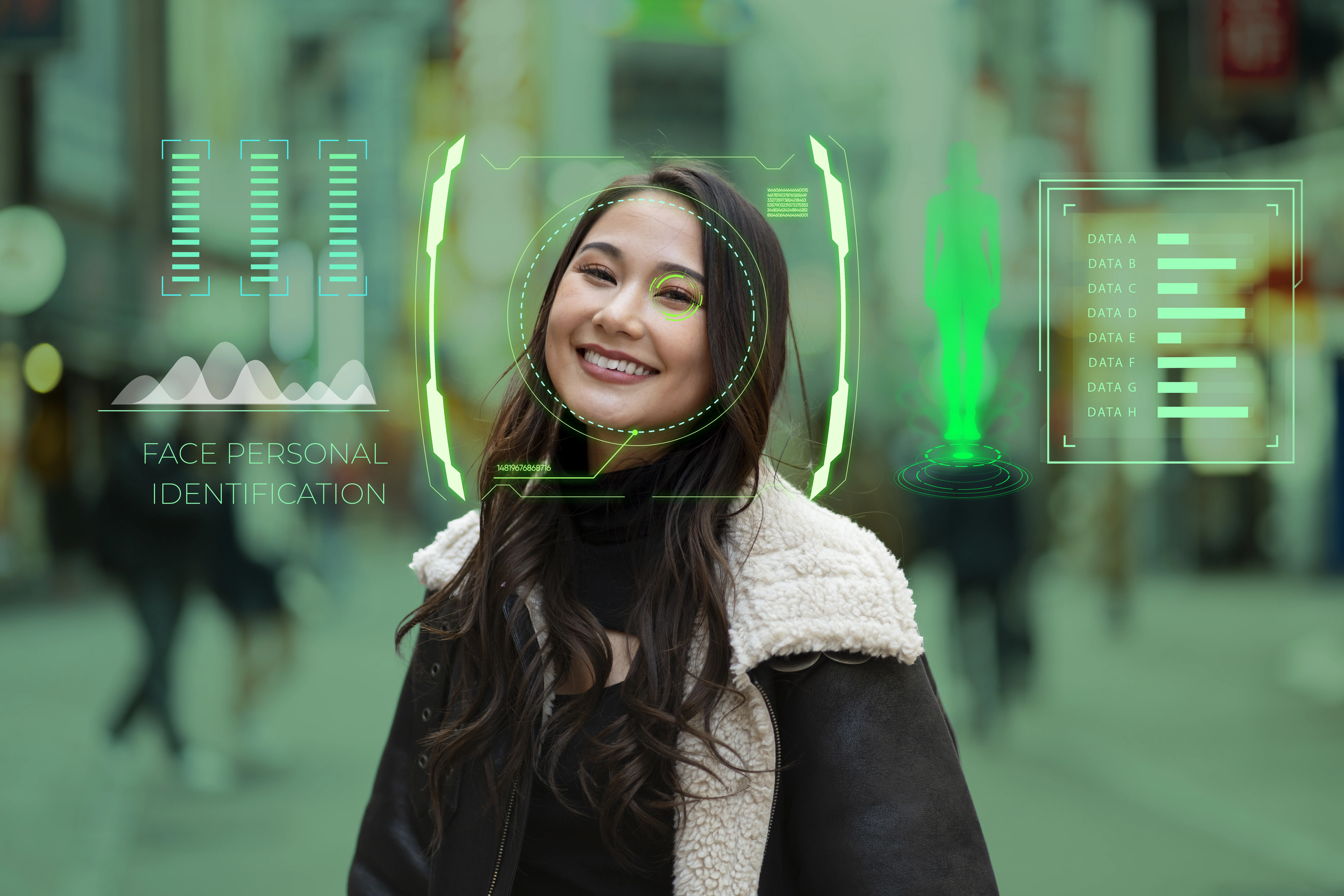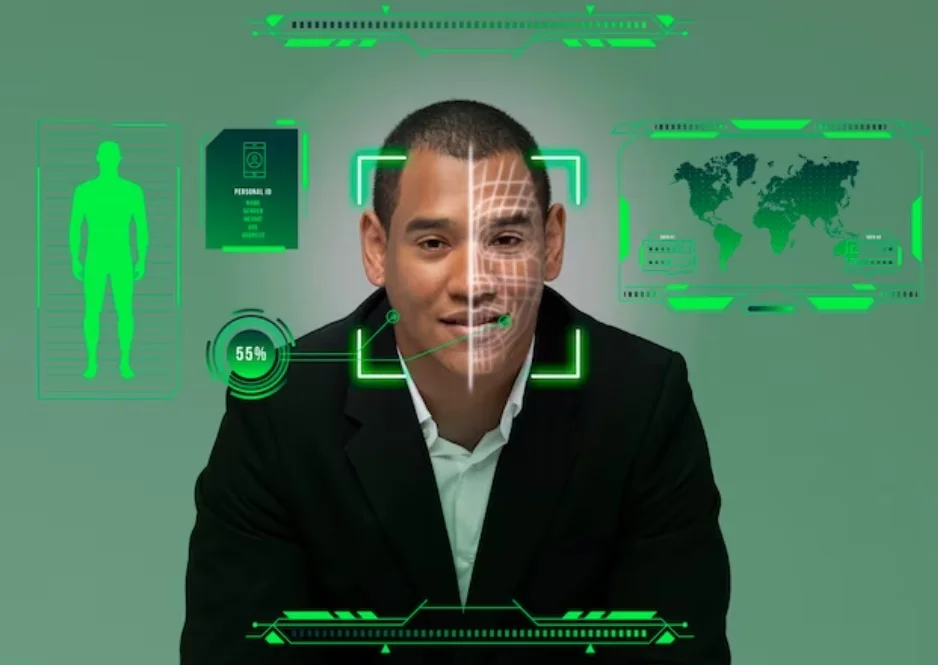Technological advancements occur daily. However, it all depends on how we incorporate them and strive to stay on top in today's digital-first world. One famous and so-called weird technology is how to Detect deepfakes. You might know this concept if you've seen real photos and videos. Deepfakes are pictures and videos created using computer software that are identical to the real ones.
Deepfakes are good for spreading fun. However, they can sometimes lead to the spread of misinformation. Learning to detect deepfakes and when they might be used for ill purposes can be the first step to securing your digital identity. There has been a lot of research into deepfake detection, and millions of dollars have been spent creating, studying, and detecting them. In this guide, we'll be sharing how to detect deepfakes easily.
How Does Deepfake Work?
Deepfake technology is powered by two machine-learning algorithms that work against each other: the generator and discriminator! The "generator" algorithm is trained using images, audio, or videos to create a new media or duplicate an existing one that is like the sample.
On the other hand, the "discriminator" algorithm is trained to identify a particular set of features in the sample and then find out where the generator has missed. It then works on the corrections further.
How to Detect Deepfakes?
Here are a few simple techniques you can look at when you're trying to detect deepfakes.
Unusual Eye Movement
Actual humans tend to blink or move their eyes naturally. Eye movement mainly depends on the person to whom you're talking. Moreover, there is neither a blink nor an eye movement at times. These are red flags; you must know the difference between real and fake eye movements.
Errors in Lip Syncing
Look for dissimilarities between the spoken words and lip movements. When deepfake technology is used, you'll notice less synchronization with the audio and video.
Check the Primary Source
Deepfakes are generally created using current images or videos. It is essential to compare the source content with deepfake, which shows inconsistencies, such as differences in background, lightning, and more.
Audio Anomalies
Deepfake detection includes looking for glitches in the audio, background interruptions, or changes in the voice tone that may lead to signal audio manipulation.
Unnatural Coloring
Abnormal skin tone, lighting, and shadows entirely misplaced are all signs of deepfake.
Teeth that Look Unreal
The algorithms can't generate individual teeth. Thus, the lack of individual teeth can be the best hint. Even if the teeth look extra whitish, deepfake detection is possible.
Number of Flashes
By paying close attention to the number of times the images in the video flash, we can easily guess if it is a natural person or a deepfake, as it does it in less time than people, many times in an unreal way.
Missing Emotions
You can detect deepfakes by keeping a close eye on facial expressions. If a person is nervous or happy and fails to exhibit it, you're sure about the deepfake
As deepfake technology advances, so does the difficulty of identifying them. Moreover, researchers and scientists still need to stop their jobs from detecting deepfakes. Alongside, there are different types of tools to detect deepfakes, these include:
- Density
- WeVerify
- Sentimental
- Strategy
How to Keep Yourself Away from the Deepfake?
Protecting yourself away from deepfakes is like protecting yourself from other online threats. Below are some helpful measures to mitigate the risk of deepfakes.
- Limit the number of pictures you share on social media
- Make sure to have private social media accounts
- Start the use of a VPN, encrypting their data and masking IP address
Conclusion
Almost anyone can be affected by a deepfake. Being careful when browsing the internet, shopping online, or socializing are critical steps to limit exposure to deepfakes. This blog has given an overview of detecting deepfakes if you encounter them. Stay updated with our blogs for more tech-related content.
Read More:
Responsible Usage: Ethical Guidelines for Deepfake Creation
Creating Deepfake Techniques and Tools







